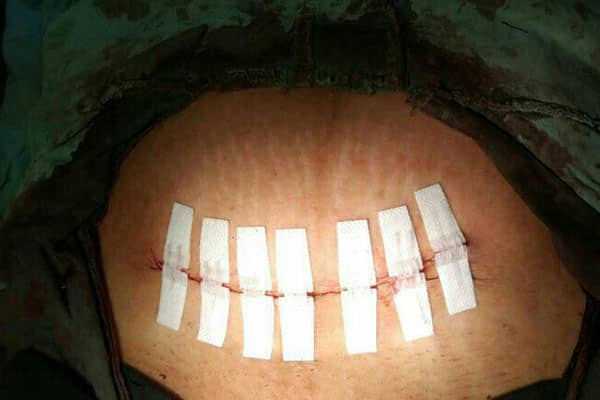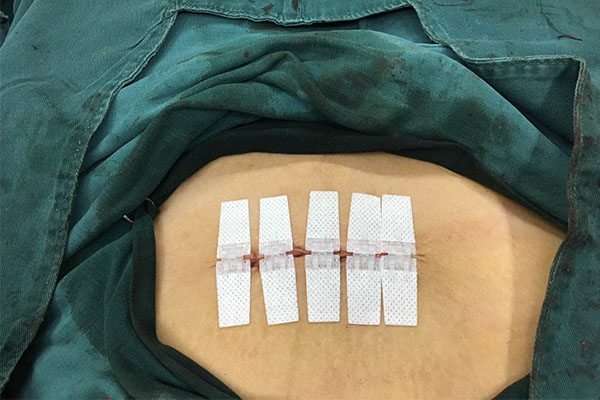- No.277 Shuangshan Road,Deqing,Zhejiang,CHINA
- [email protected]
- WhatsApp+8613065722186
What Factors Affecting Wound Scar Hyperplasia and Wound Healing
Here are the 5 factors related to Wound Scar Hyperplasia and Wound Healing:
1.Tension,wound repair process is stimulated by tension stress and granulation will continue to proliferate and form thick scars.
Solution: Gradual tension reduction sutures is to prevent excessive stress stimulation of the wound resulting in granulation proliferation.
2.The local blood supply condition is locally bound to affect the blood supply, leading to hypoxia and malnutrition, which hinders healing.
Solution: The Longmed wound closure device will evenly disperse the suture tension in the surrounding normal skin.The wound site is not bound and does not affect the blood supply.
3.Foreign body continuous pressure cutting new granulation tissue, hindering healing, while activating inflammatory factors chemotactic fibroblasts, stimulating scar proliferation and wrapping.
Solution: Non-invasive Longmed wound closure device, close the wound without foreign body invasion, closure by the skin’s own tension.
4.Necrotic liquefied material accumulates in the incision and hinders healing, collagen fragments chemotactic fibroblasts and stimulates scar proliferation.
Solution: Non-invasive Longmed wound closure devicecan be opened and sutured externally, and necrotic liquefied material can be discharged from the incision through the gap, and it is easy to clean up, without affecting the healing and closure effect.
5.Infection,toxins and enzymes cause tissue dissolution necrosis and prevent healing. Activation of inflammatory factors chemotactic fibroblasts and stimulation of scar proliferation.
Solution: The Longmed wound closure device can be non-invasive, episiotomy and reduction suture, and the incision is easy to clean and disinfect, which can prevent and control infection.


How To Use Wound Closure Device Reduce Wound Scar Hyperplasia
Contact us
©2025. Longmed Medical All Rights Reserved.

